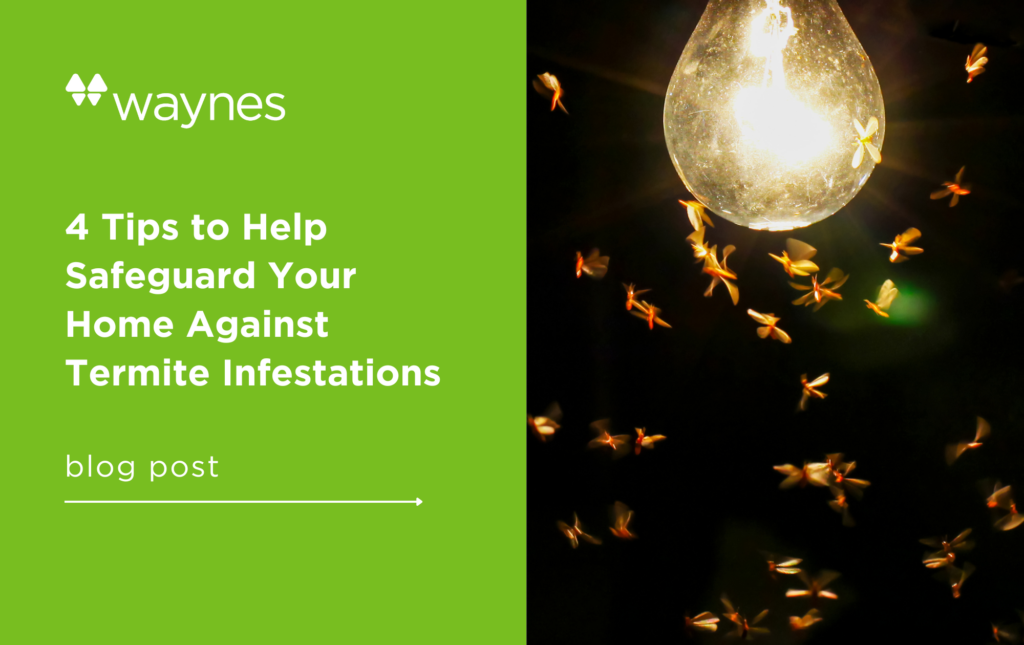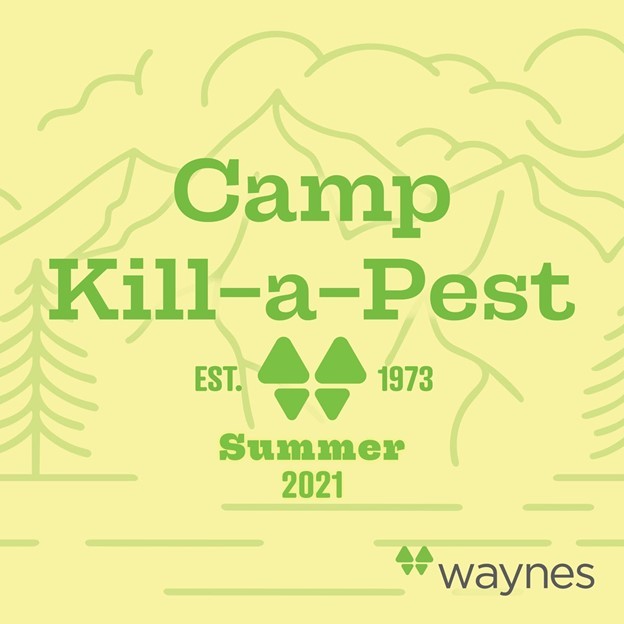Welcome to part three of a four-part series exploring troublesome backyard pests and some tips on preventing the problems they cause. For this issue, we will focus on a few types of ants and the problems they can cause during the summer months.
Fire Ants
Commonly found in the southern United States, everyone knows fire ants get their name from the painful bites and stings they inflict if you come in contact with them. These invasive ants usually nest in the soil near structural foundations and can gain access to buildings through the tiniest of cracks that lead indoors.
Fire ant mounds can be quite big, but they are even bigger than your eyes can see! Below the mound, the ants build hundreds of tunnels that can go up to six feet deep. These tunnels can cause issues for your lawn if the colony gets too big. The ants make large dirt piles as they clear out pathways under your lawn. This may damage your root system and make for an unsightly scene.
The three most common types of fire ants in the southern part of the United States are the red imported fire ant, native fire ant, and the black imported fire ant. Red imported fire ants are large and reddish in color; whereas, native fire ants are smaller and can be red or black. Black imported fire ants are large and black.
Carpenter Ants
Carpenter ants get their name from their ability to remove wood and form smooth tunnels throughout structures. They do not eat the wood, they just chew through to build their nests. Carpenter ants pose a threat to households because of the structural damage their nest building can cause.
Carpenter ants can cause serious issues for your home. They prefer areas near water and moist wood. Areas where carpenter ants nest include moist wood near chimneys, porches, eaves, and skylights.
The most common carpenter ant in the southern United States is the Florida carpenter ant. They are large with erect hairs and have a red head with a black behind.
What Do I Do?
Our Service Professionals recommend these prevention tips to reduce the sighting of these pesky ants:
- Eliminate nesting sights: remove any materials such as excess vegetation, old landscape material, and yard debris that can serve as a nesting or breeding site.
- Eliminate water sources: reducing moisture and standing water around your home is especially crucial for carpenter ants.
- Remove food sources: keeping your kitchen or home tidy is important in discouraging ants from coming indoors. Food should be stored in sealed containers and kept in the fridge if possible. Ants love sweet and syrupy foods like honey, soda, and syrup.
- Eliminate access points: trees and bushes should be trimmed away from homes, as branches can provide easy access indoors. Any tiny cracks in the foundation should be sealed. An ant can fit through even the tiniest of cracks!
Do keep in mind, these tips can help and limit infestations, but it is most recommended to contact a licensed pest control company. If you fear you have an ant infestation, our Service Professionals at Waynes are here to help. Our Service Professionals have been through extensive training with Camp Kill-a-Pest and know just how to Punish Pests! If you are interested in pest control visit us at www.callwaynes.com/pest-control/-camp or call us today at 866.WAYNES1!









